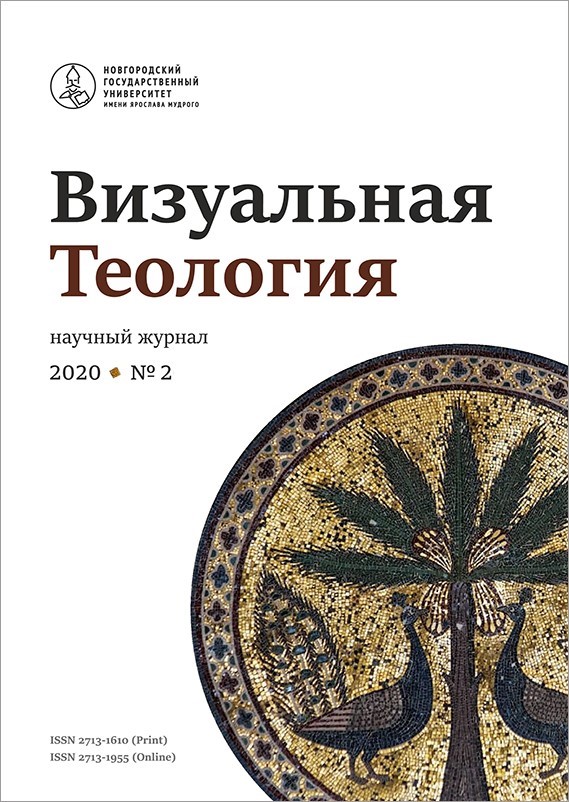Sophia the Wisdom of God in the Iconography of the North and South of Russia
Abstract
A small article by Archpriest Peter Lebedintsev, published in Kiev in 1884, is an example of iconological research typical for the Russian science in the 19th century. The author analyzes the composition and content of the Russian icon of Sophia the Wisdom of God in two of its versions, associated with Novgorod and Kiev. The central figure of the Novgorod icon is a winged fiery angel seated on a throne, which visually means Jesus Christ as the embodied Divine Wisdom. This image of the royal Wisdom refers the viewer to the book of Proverbs of Solomon, and to the book of the prophet Isaiah, and to the Apocalypse of John the Theologian. To the right and left of the seated Sophia there are the Holy Mother of God and St. John the Baptist. Above Sophia, in a circle, there is an image of the blessing Christ, and the entire composition from above is closed by a heavenly arch with stars, angels and an altar in the center. The author of the article claims that the composition of the icon visually reproduces the key element of the temple decoration of the Hagia Sophia in Constantinople, where the images of the Virgin Mary and John the Baptist were located on two pillars, and a round medallion depicting Jesus Christ was placed on the arch. This iconographic composition was originally formed in Novgorod. The Novgorod icon appears in Moscow only in the 16th century, this was due to the arrival of Metropolitan Macarius from Novgorod. The content of the Novgorod icon of Sophia is, according to the author, not antique, not mythological, but strictly biblical: this is confirmed by the liturgical and hymnographic practice of the Eastern Church. The Kiev icon of Sofia depicts the Mother of God with the infant Christ under a round roof on seven pillars, standing on seven steps, symbolizing Christian virtues. Along the edges of the stairs are prophets, and above are angels, God the Father and the Holy Spirit in the form of a dove. The author connects the plot of this icon with the content of the 12th chapter of the Apocalypse. Archpriest P. Lebedintsev follows the origins and history of the formation of the two named types of Sophia icons, coming to the conclusion about their equal age and about their Orthodox character.


